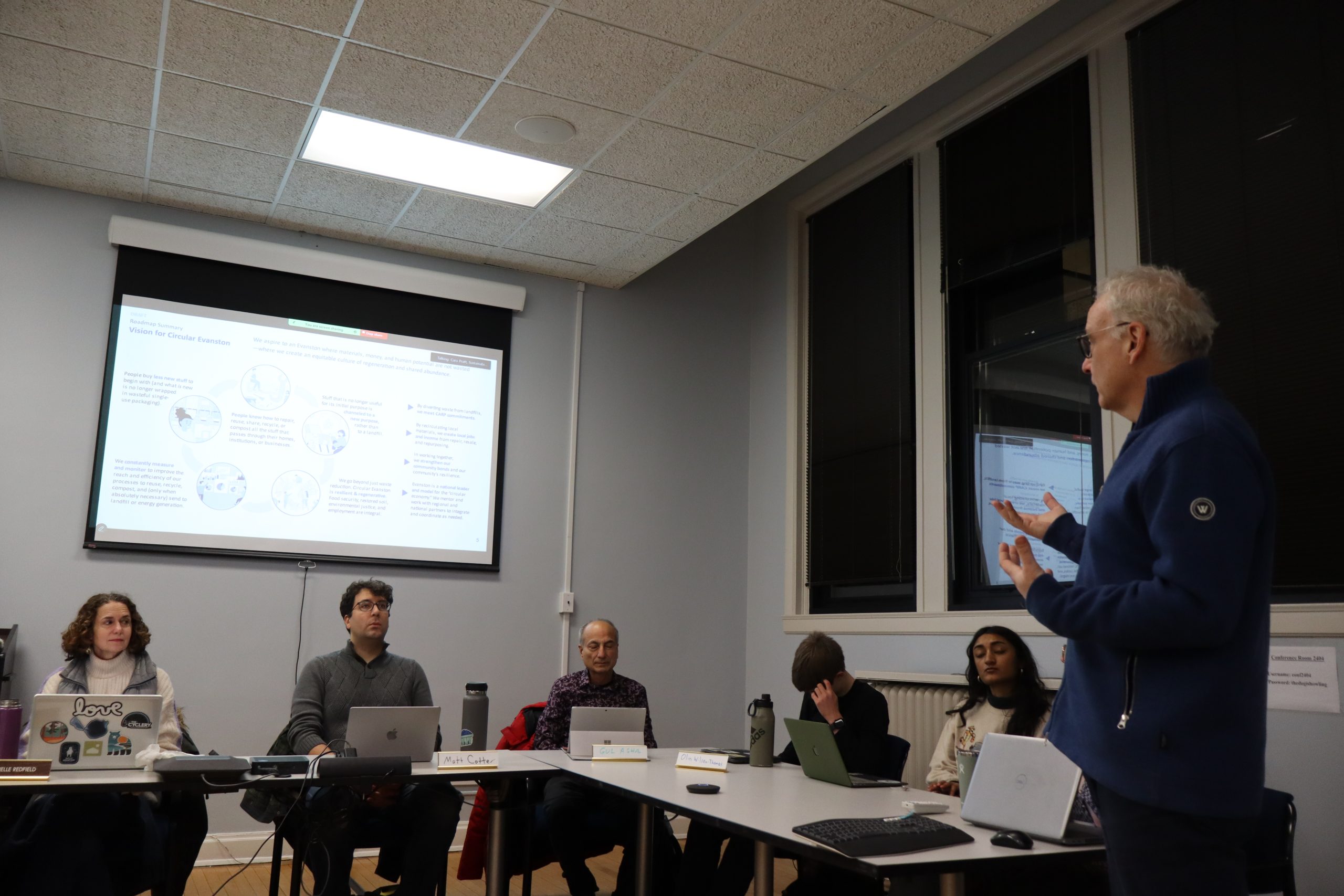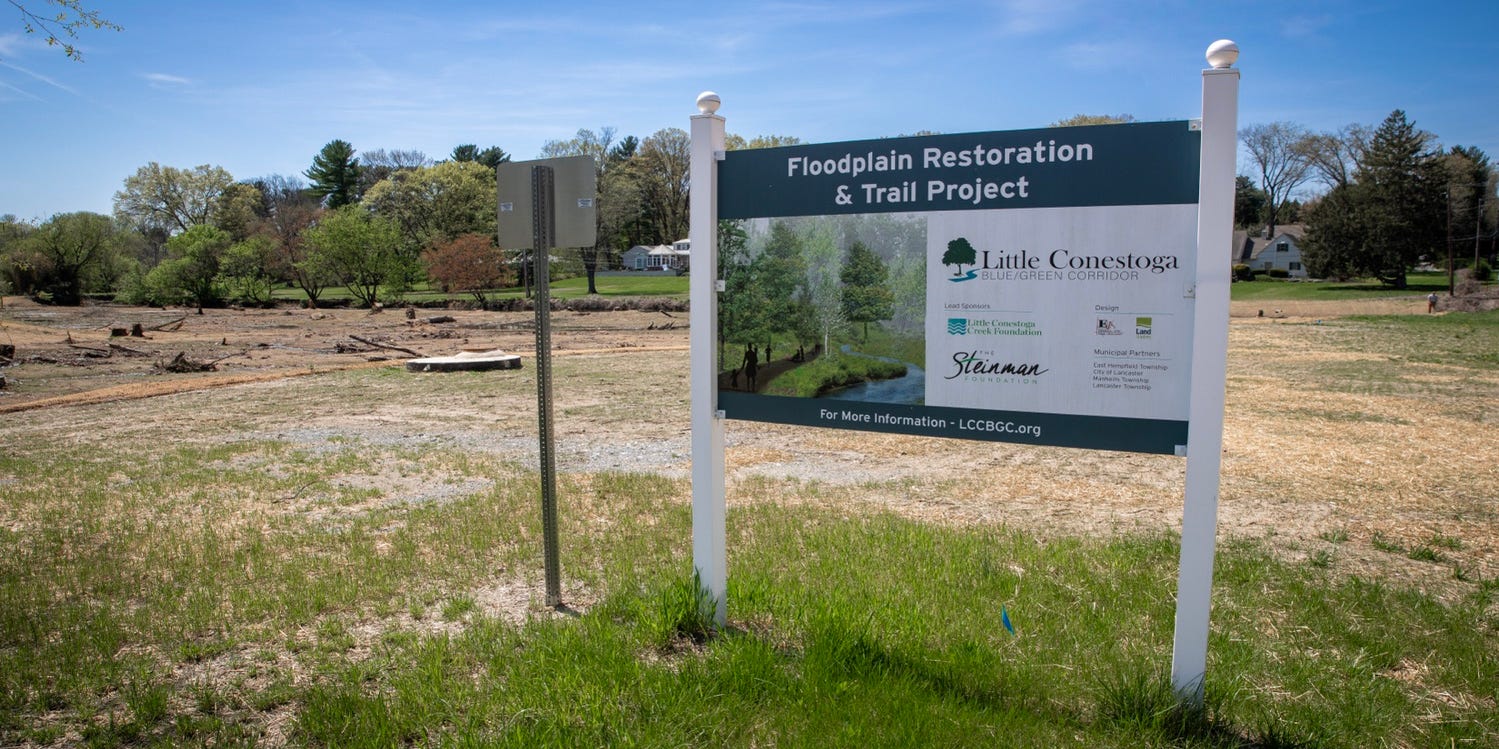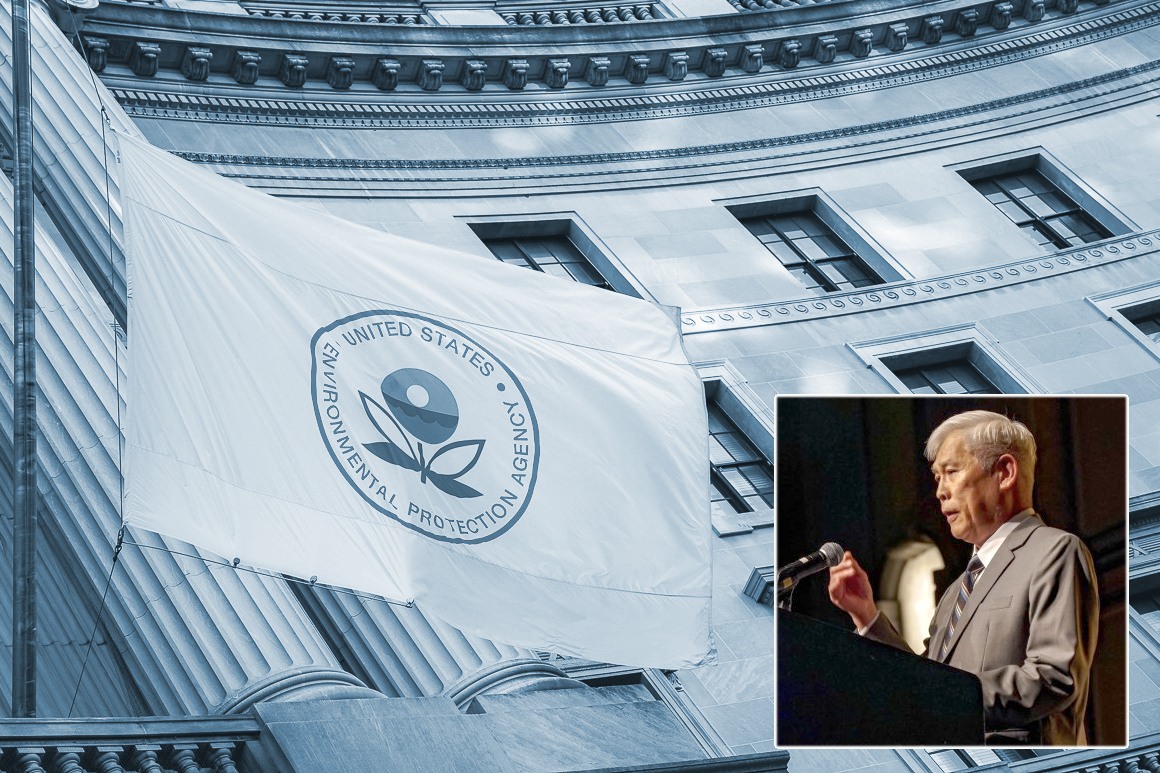Behind the Lens: How Photography Reveals Nature's Carefully Crafted Illusion
Environment
2025-04-30 17:00:00Content
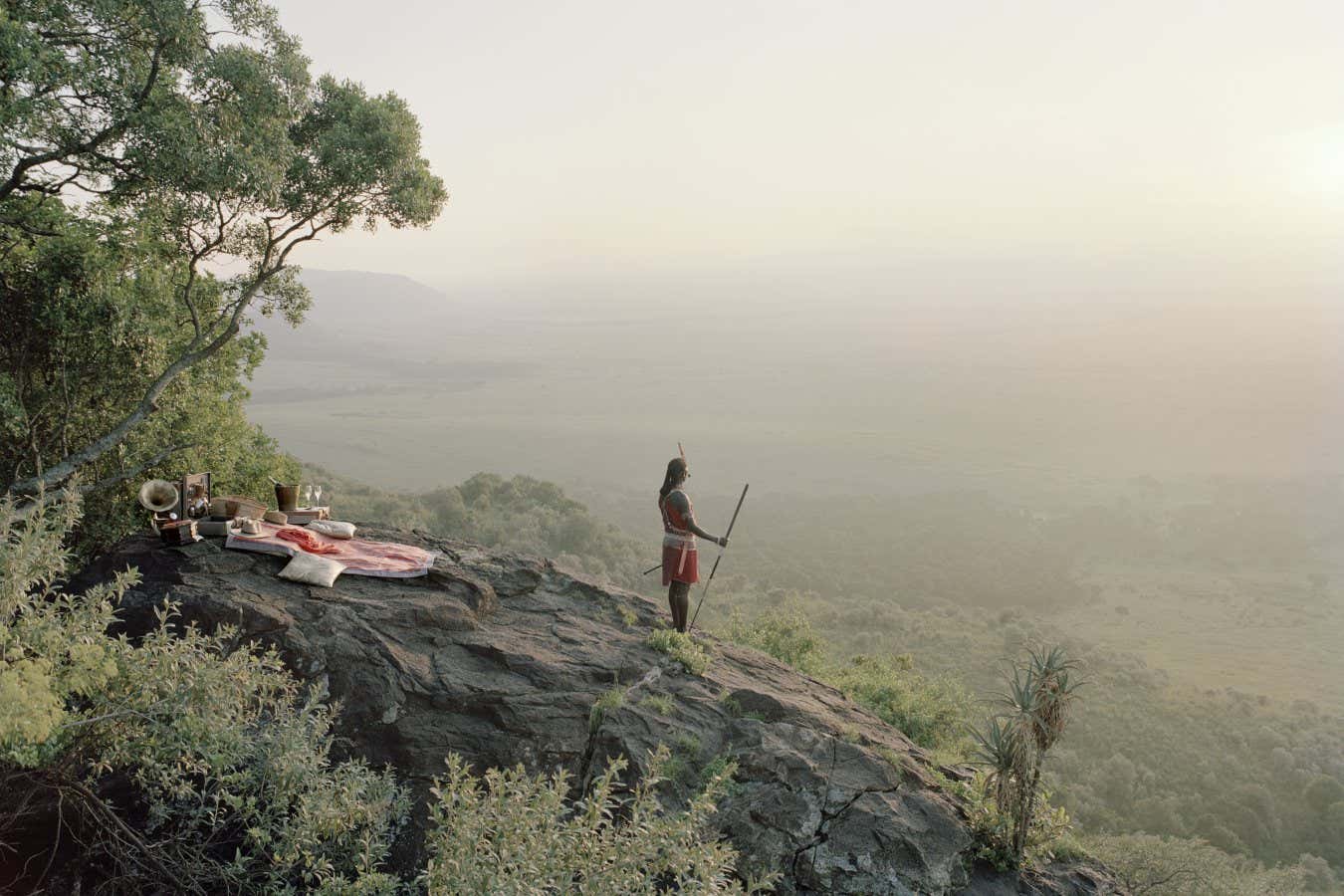
In his compelling photographic series The Anthropocene Illusion, artist Zed Nelson masterfully exposes the profound disconnect between humanity's growing environmental crisis and our increasingly curated relationship with the natural world. Through powerful imagery, Nelson challenges viewers to confront the stark reality of how we simultaneously romanticize and manipulate nature, creating an artificial narrative of environmental control that masks the deeper ecological challenges we face.
The series delves into the complex psychological landscape where human beings attempt to package, manage, and aestheticize the environment, even as the planet's delicate ecosystems teeter on the brink of irreversible transformation. Nelson's lens captures the irony of our modern approach—meticulously crafting nature-inspired experiences while systematically undermining the very natural systems that sustain life.
By presenting these thought-provoking visual narratives, Nelson invites audiences to reflect on our increasingly synthetic interactions with the natural world, challenging us to recognize the urgent need for genuine environmental stewardship beyond superficial aesthetic considerations.
Unmasking the Illusion: How Humanity Curates Nature's Fragile Existence
In the intricate dance between human perception and environmental reality, we find ourselves trapped in a complex narrative of manipulation and preservation. The delicate balance between our technological prowess and the natural world reveals a profound disconnect that challenges our understanding of ecological stewardship and human intervention.Confronting the Paradox of Environmental Manipulation
The Anthropocene Paradox: Reimagining Human-Nature Relationships
Contemporary environmental discourse has reached a critical juncture where our understanding of nature transcends traditional boundaries. Photographers and visual storytellers like Zed Nelson have emerged as pivotal documentarians, capturing the nuanced tension between human intervention and ecological preservation. Their work serves as a powerful lens through which we can examine the complex dynamics of environmental transformation. The photographic narrative reveals a startling truth: humanity's relationship with the natural world is no longer passive but actively curated. We construct elaborate frameworks of environmental management, simultaneously protecting and manipulating ecosystems with unprecedented technological sophistication. This intricate dance represents a fundamental reimagining of our role as environmental stewards.Visual Storytelling as Environmental Commentary
Photographic documentation has become a critical medium for environmental communication, offering profound insights into the complex interactions between human society and natural systems. Nelson's work exemplifies this approach, transforming visual representation into a powerful form of environmental critique. Each image becomes a complex narrative, challenging viewers to confront uncomfortable truths about our ecological footprint. The photographs expose the delicate membrane separating conservation from manipulation, revealing how human intentionality reshapes environmental landscapes through conscious and unconscious interventions.Technological Mediation and Ecological Perception
Modern technological capabilities have fundamentally transformed our perception of natural environments. We no longer simply observe nature; we actively construct, interpret, and reconstruct ecological narratives through sophisticated digital and mechanical interventions. Advanced imaging technologies, satellite monitoring systems, and computational modeling have created unprecedented opportunities for environmental understanding. Yet, these same technologies simultaneously distance us from authentic ecological experiences, creating a mediated relationship that is both illuminating and potentially alienating.Psychological Dimensions of Environmental Curation
The human impulse to control and manage natural systems reflects deep-seated psychological mechanisms. Our desire to curate, organize, and predict environmental dynamics stems from complex evolutionary adaptations that prioritize survival and comprehension. This psychological framework manifests in increasingly sophisticated environmental management strategies, ranging from rewilding projects to large-scale conservation initiatives. Each intervention represents a nuanced negotiation between human intentionality and ecological complexity, challenging traditional boundaries between preservation and manipulation.Ethical Implications of Environmental Representation
As we continue to develop more advanced environmental management techniques, critical ethical questions emerge. How do we balance technological intervention with respect for natural systems? What are the moral boundaries of ecological curation? These questions demand interdisciplinary approaches, integrating perspectives from environmental science, philosophy, visual arts, and social theory. The work of photographers like Nelson becomes crucial in stimulating these essential dialogues, providing visual provocations that challenge our preconceived notions of human-nature relationships.Future Trajectories of Environmental Understanding
Looking forward, our comprehension of environmental dynamics will likely become increasingly sophisticated and nuanced. Emerging technologies and interdisciplinary research methodologies promise more holistic approaches to ecological understanding, potentially transforming our relationship with natural systems. The ongoing dialogue between technological capability, artistic representation, and scientific inquiry will continue to reshape our collective environmental consciousness, offering hope for more sustainable and empathetic interactions with the complex ecosystems that sustain our existence.RELATED NEWS
Environment
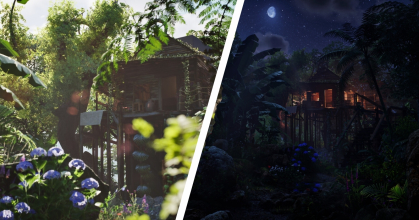
Serenity Sculpted: Inside Unreal Engine's Breathtaking 3D Landscape Design
2025-04-10 12:37:00
Environment

Blooming Hope: How Green Iris is Transforming Jordan's Environmental Landscape
2025-03-25 12:00:00
